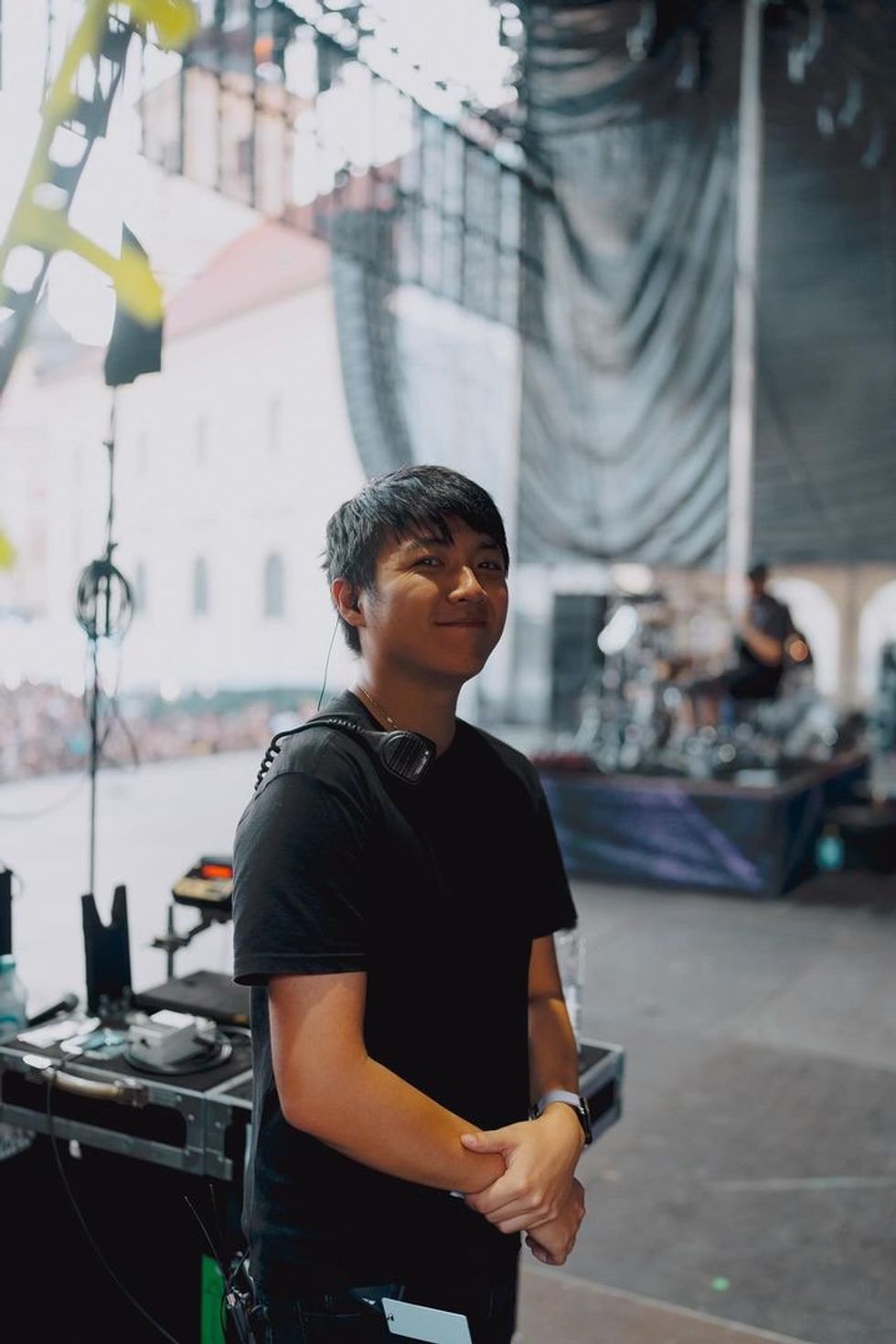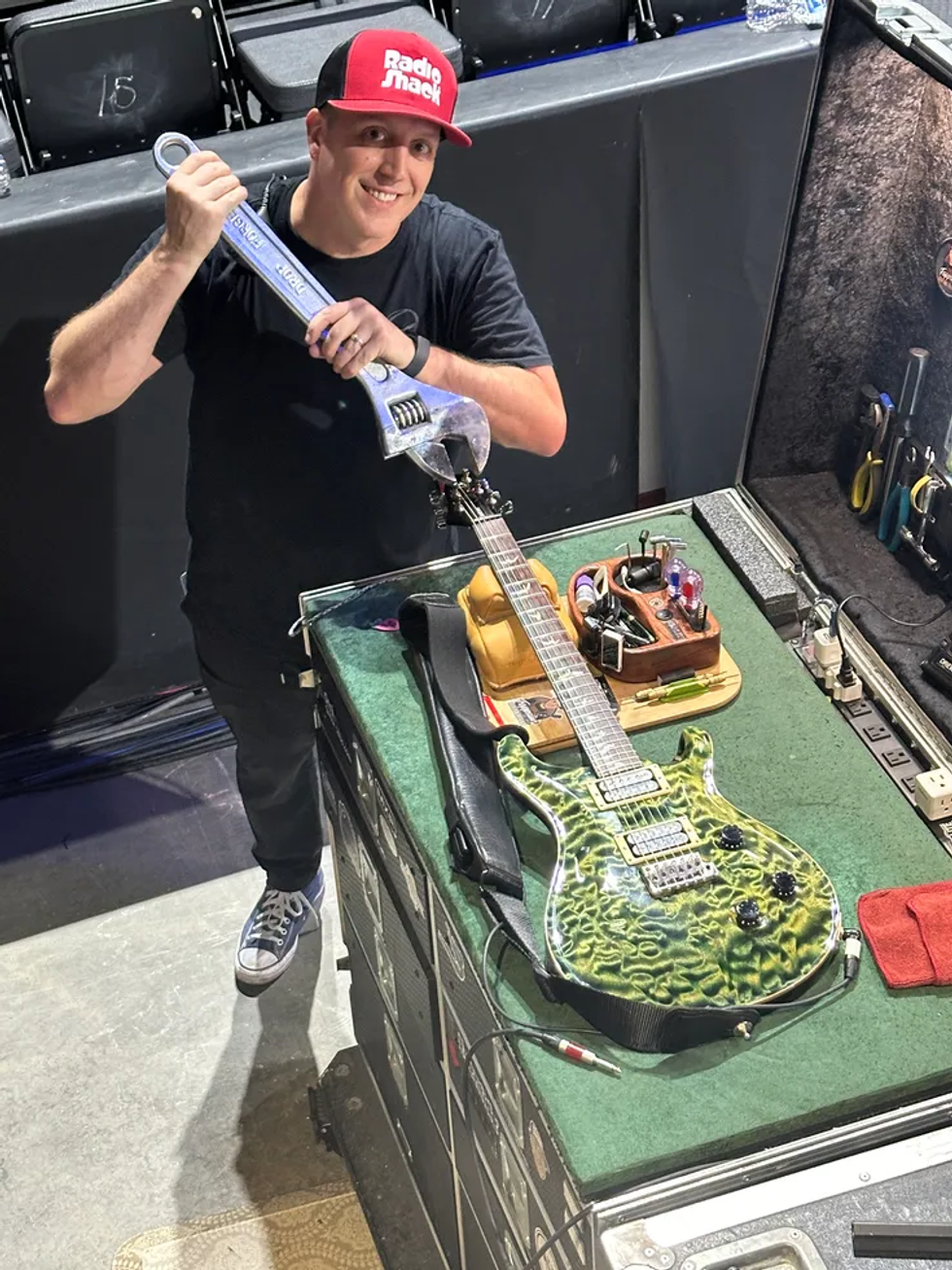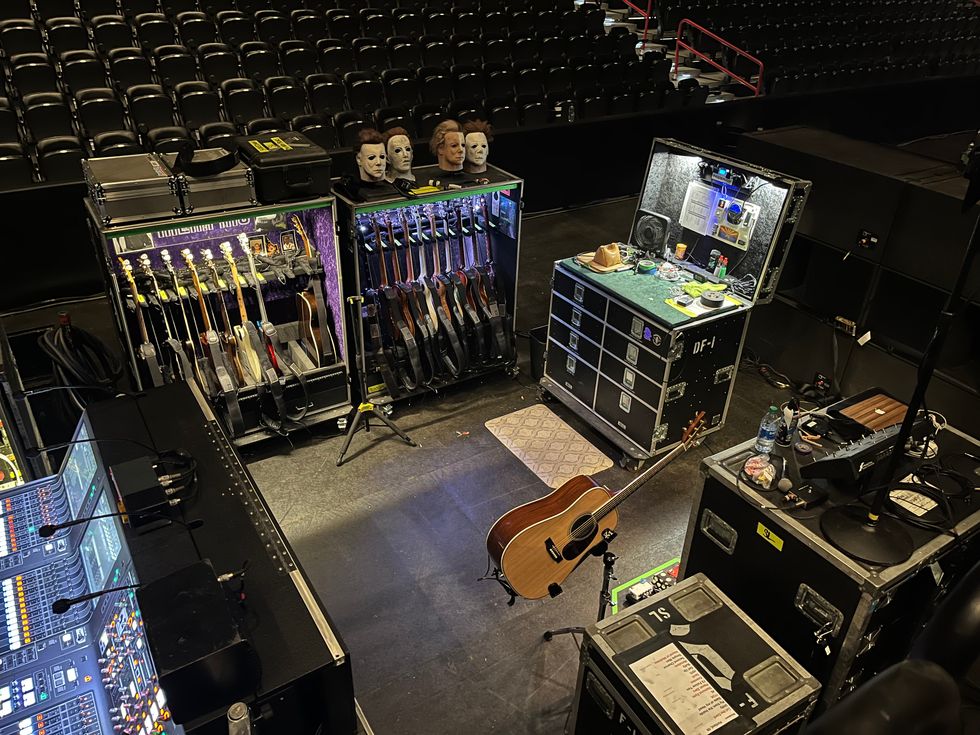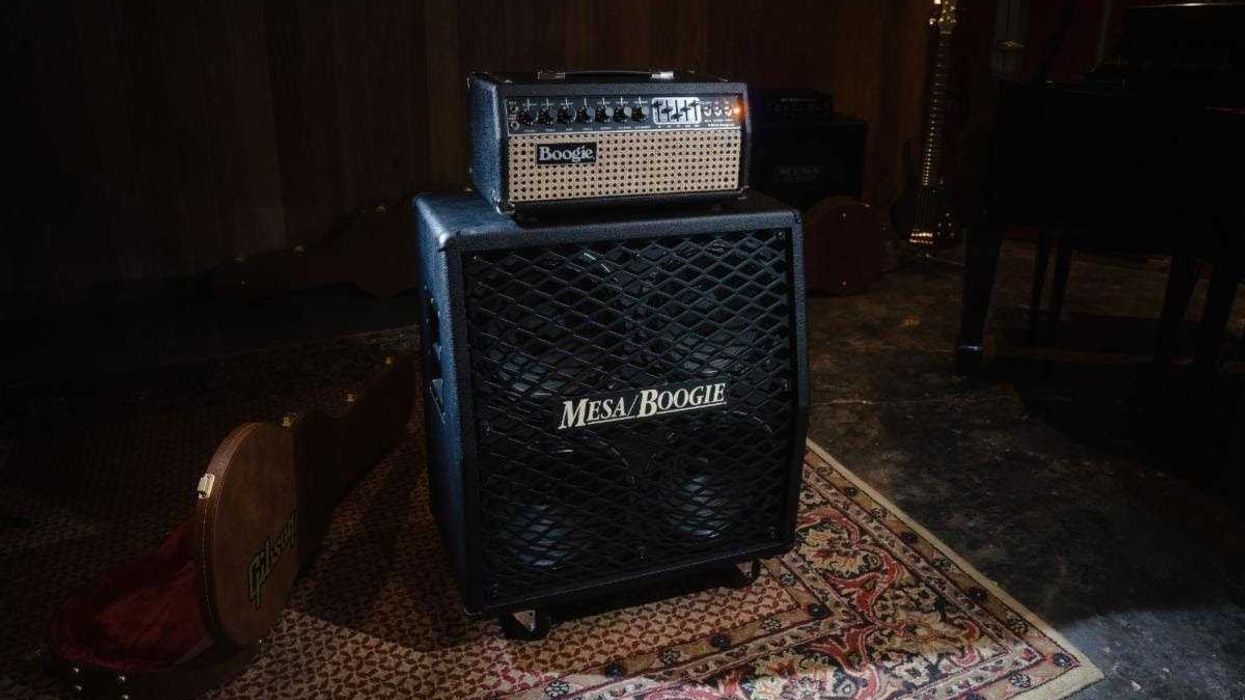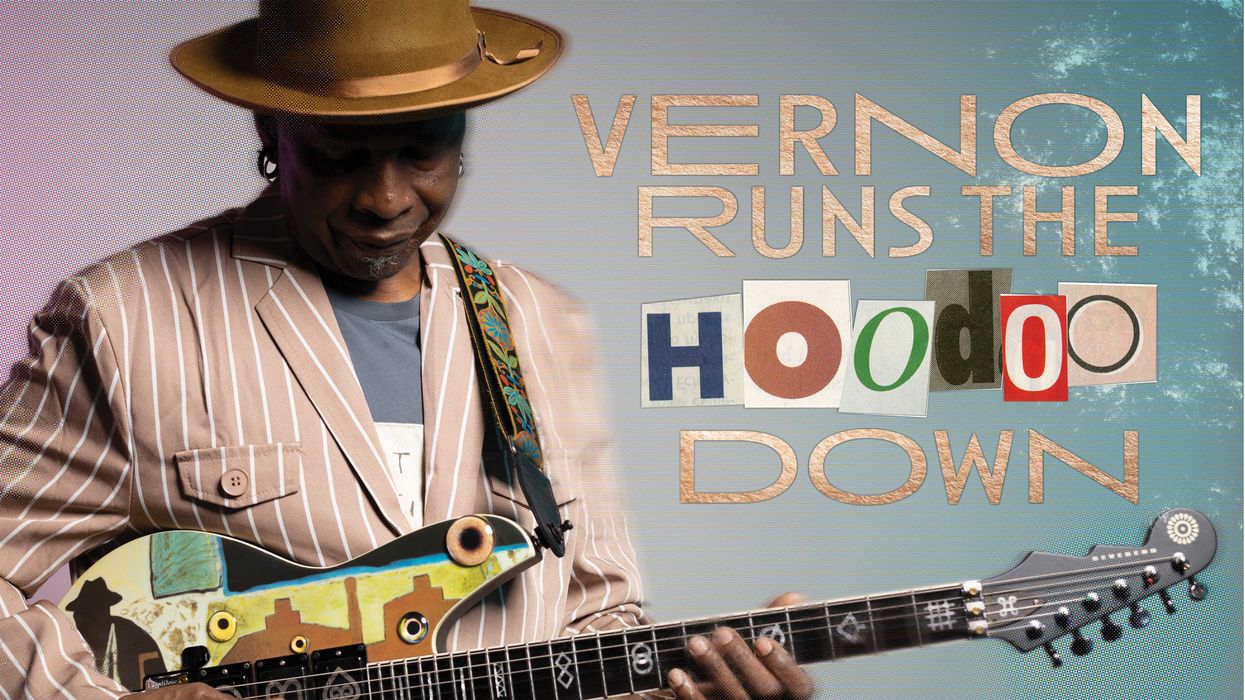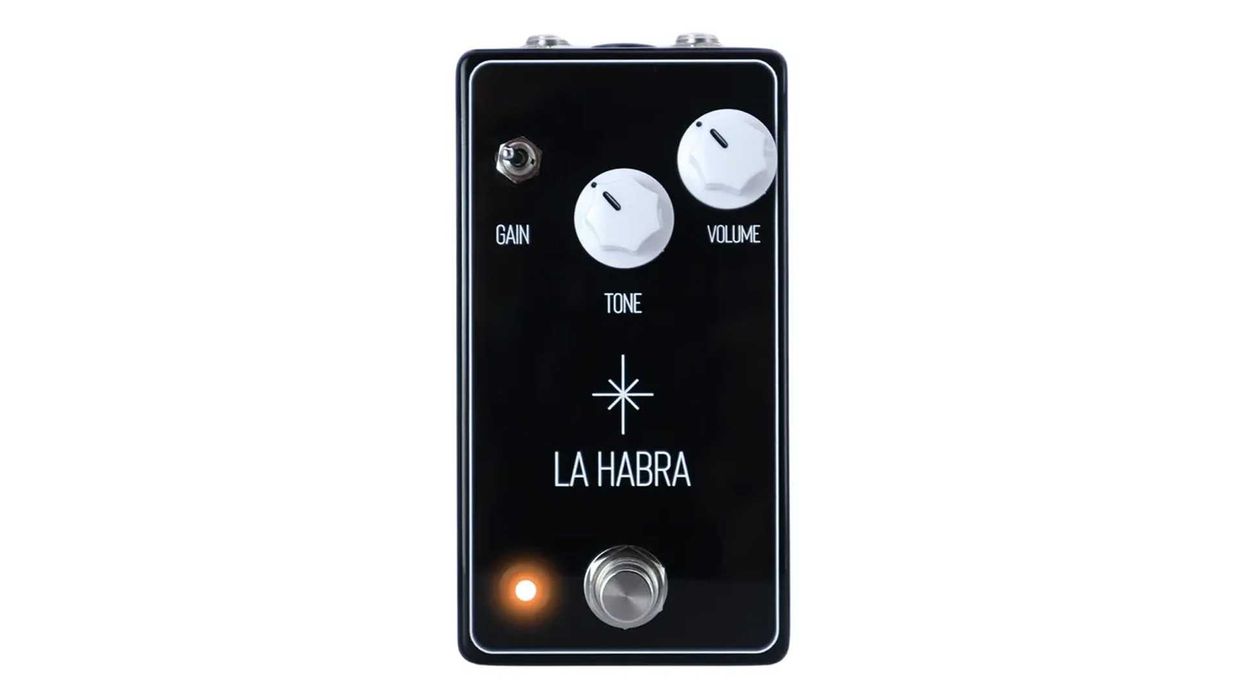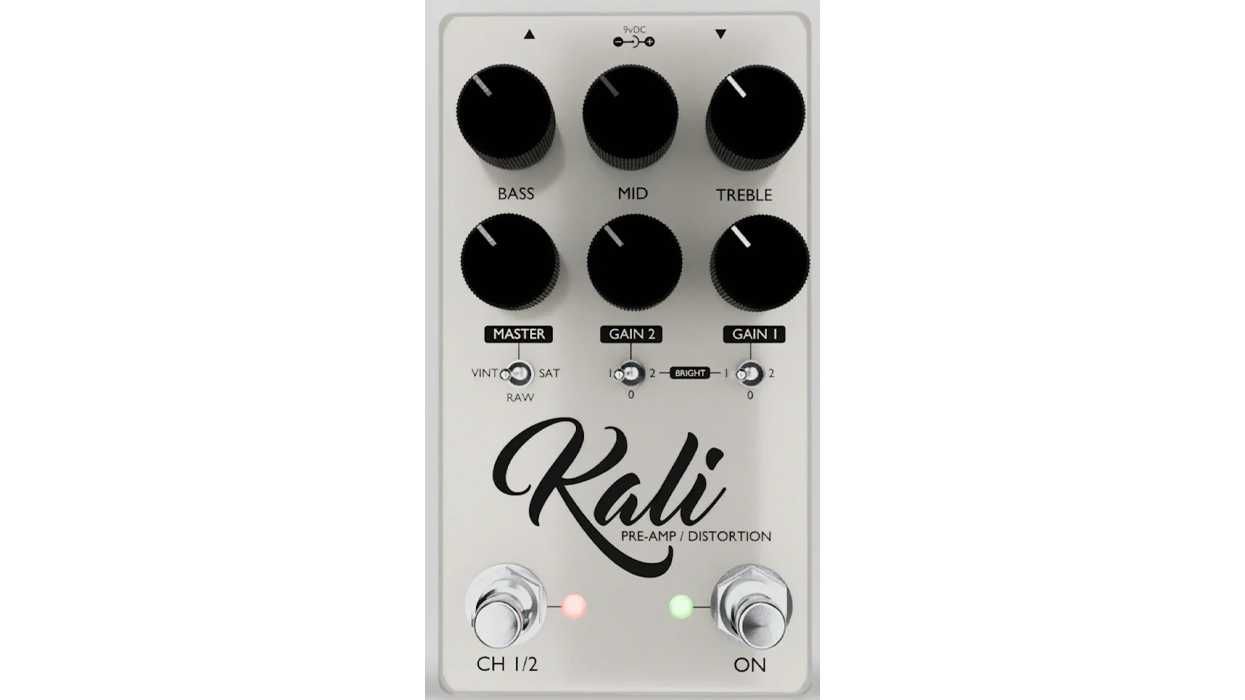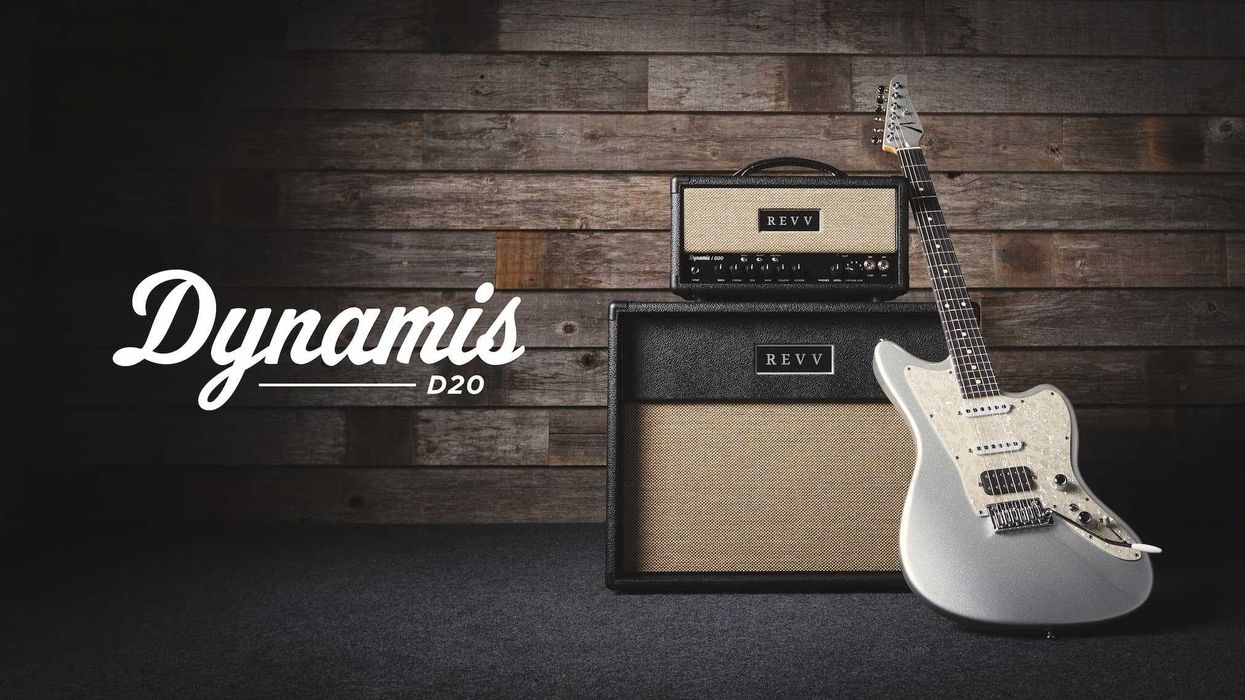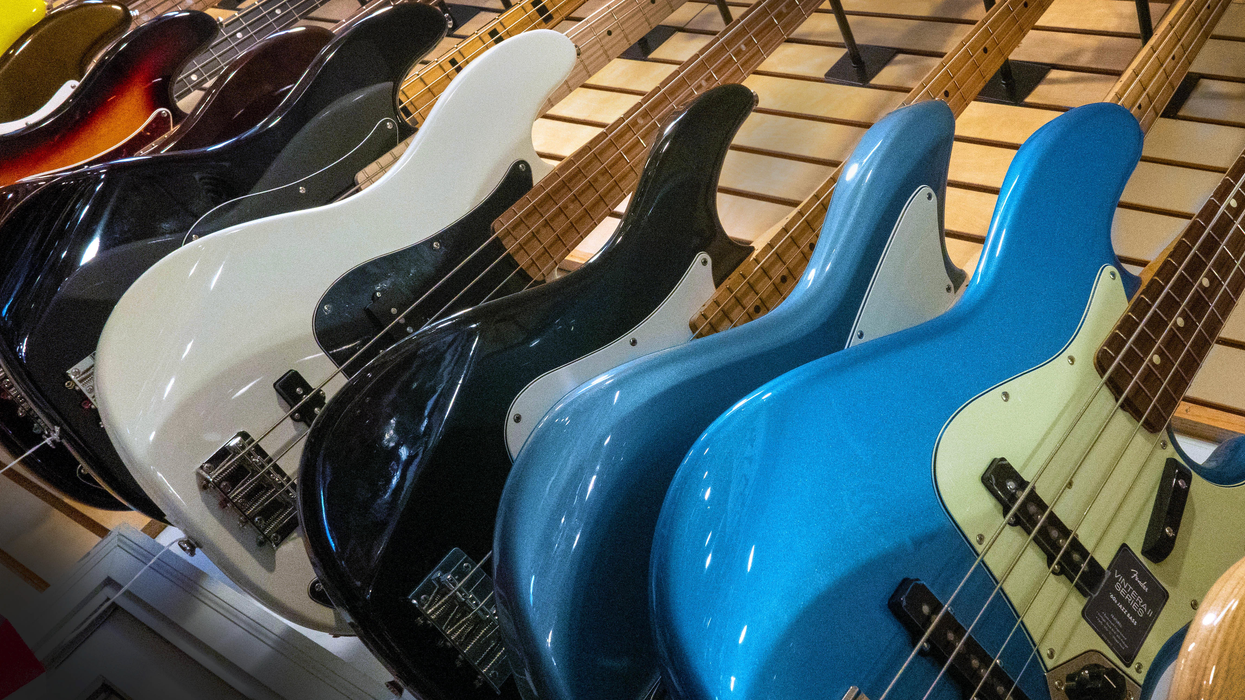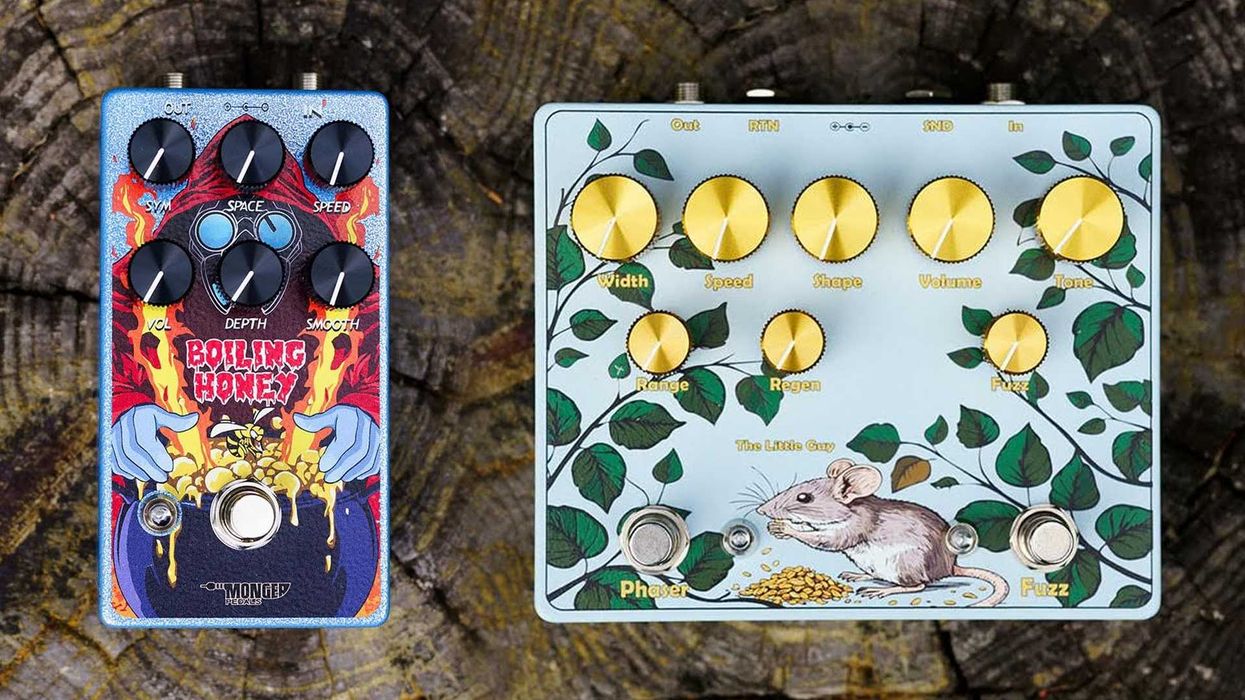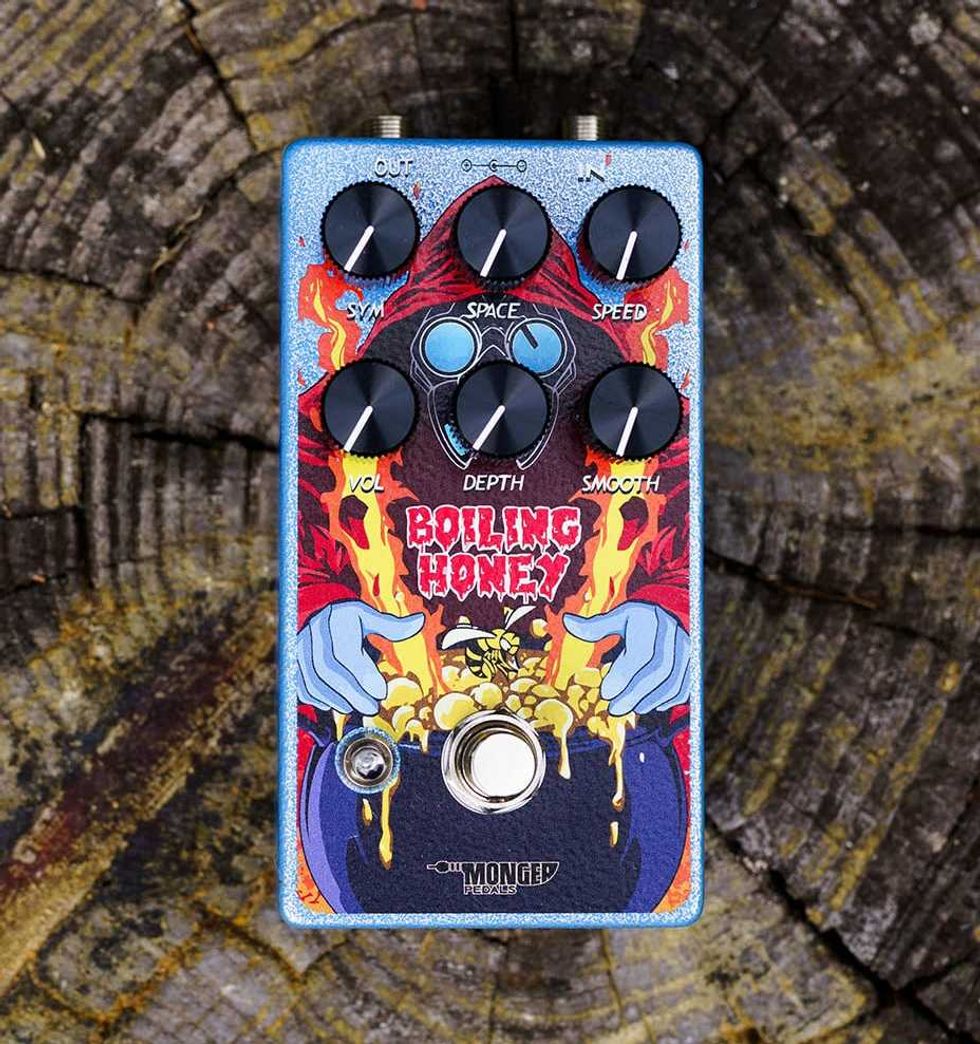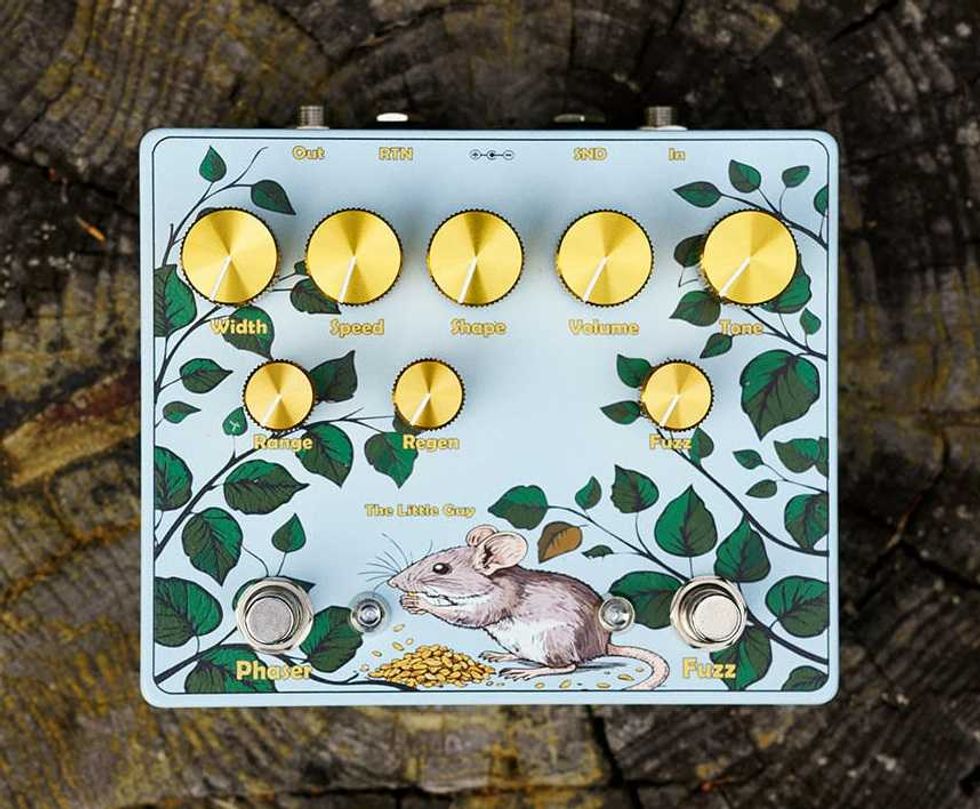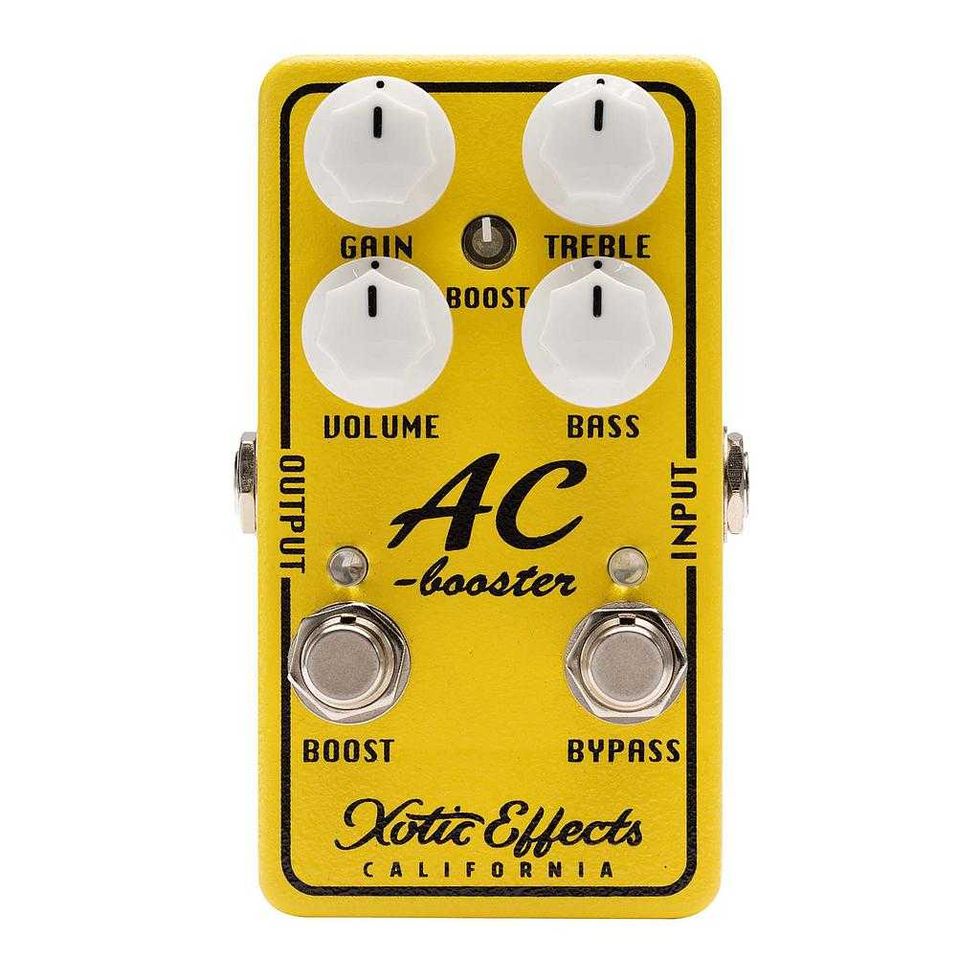Last month’s column discussed the vintage guitar market from the point of view of the jazz player, and looked at how some solidbody instruments have far exceeded the value of many archtops of the same years. Suffice to say, the collector’s interest in a particular style of music plays a large role in determining which type of instruments are going to be collected. Since there are many more people interested in rock than jazz, there will be more competition to obtain the instruments associated with rock styles. But aside from interests in a particular style, there are many other reasons why we collect:
Familiarity
People buy and collect models with which they are familiar. The majority of freshman guitar majors who have started with me come in for the first lesson carrying either a Stratocaster or Les Paul variant – the guitars they have been bombarded with via popular culture. These students are often very good players and are able to improvise to varying degrees, but often have no knowledge of the language used in jazz music, or knowledge of archtop models. Yet they know what a Strat and Les Paul are, and they collect those types.
Tone (Artistic Considerations)
Many serious players put tonal characteristics before anything else. The year or type of instrument may matter little, so long as the guitar can produce a particular timbre the player is seeking. Such a player may have many guitars and a very eclectic collection simply because vintage value is not the top priority so much as the tone. For some collectors, this value can be blended with vintage concerns also. Not all ‘59 Burst Les Pauls (or Super 400s) sound alike! A serious player/collector may select a particular LP from a bevy of LPs, trying to match both tone and vintage quality.
Individuality
A collection is often an artistic expression of his/her individuality. Like many other collectors/players, my own collection is an odd mix that is unexplainable to the untrained novice. One side of the room is filled with circa 1980 Schecter Strats, while the other is lined with PAF archtops. I have been to many homes to do various kinds of horse-trading, and seen collections that – to my eye – only a mother could love: old Kraftsmans or Tiescos lined up as far as the eye can see; every available color of Mexican Tele; old Gretsches with most of the binding falling off. At these times I am reminded that beauty is definitely in the eye of the beholder when it comes to old guitars. One of my customers held up his 1957 ES-175 pickguard with a nickel bracket and said, “I see this as a work of art. My wife sees it as a piece of plastic.”
Financial Gain/Investment
When one purchases a guitar solely as an investment, there may be no love of the instrument for its sound or beauty. Some investors may not even play the instrument or know anything about music. This is fast becoming the situation when ‘59 Bursts and its equivalents are involved.
Nostalgia
For those of us who like to browse for and collect guitars (and antiques in general), maybe there’s something in our genes that sentimentally draws us to an earlier day: a computer-free, simpler time; a time of craftsmanship and fine materials; a time when a real sense of art was designed into the product. My impulse to collect antiques – and guitars in particular – can be triggered by a host of sensations. I love to hear the irregular plodding of a horse and buggy, to see an art-deco radio from the ‘30s, to hear a real Edison phonograph from the ‘20s. I become glassy-eyed and crazed when I come across some rare guitar or vintage part sitting alone in the dusty corner of a junk shop. Like many others, the culmination of 1900s romanticism is captured for me in guitars.
When nostalgia is the motive for collecting, a person (usually a Baby Boomer) might be thinking, “I wanted a Strat when I was a kid in the ‘60s and couldn’t have one … now I can have any one I want and I want a ‘62.” But more often what I hear is, “I had a Strat when I was a kid, and I want it back!” Many times this is accompanied by a disturbing explanation of what was purchased with the money after the beloved relic was sold: a Kramer aluminum- neck guitar, an L-6S, or a brand new Norlin Les Paul. Isn’t it typically human to realize too late what we had? As luck would have it, I still have the same blonde ‘73 Stratocaster that I bought with lawnmowing money when I was 16, in 1978.
Jim Bastian
A clinician and jazz educator, Jim Bastian is a 10 year veteran of teaching guitar in higher education. Jim holds two masters degrees and has published 6 jazz studies texts, including the best-selling How to Play Chordal Bebop Lines, for Guitar (available from Jamey Aebersold). He actively performs on both guitar and bass on the East Coast. An avid collector and trader in the vintage market, you can visit Jim’s store at premierguitar. (dealer: IslandFunhouse).
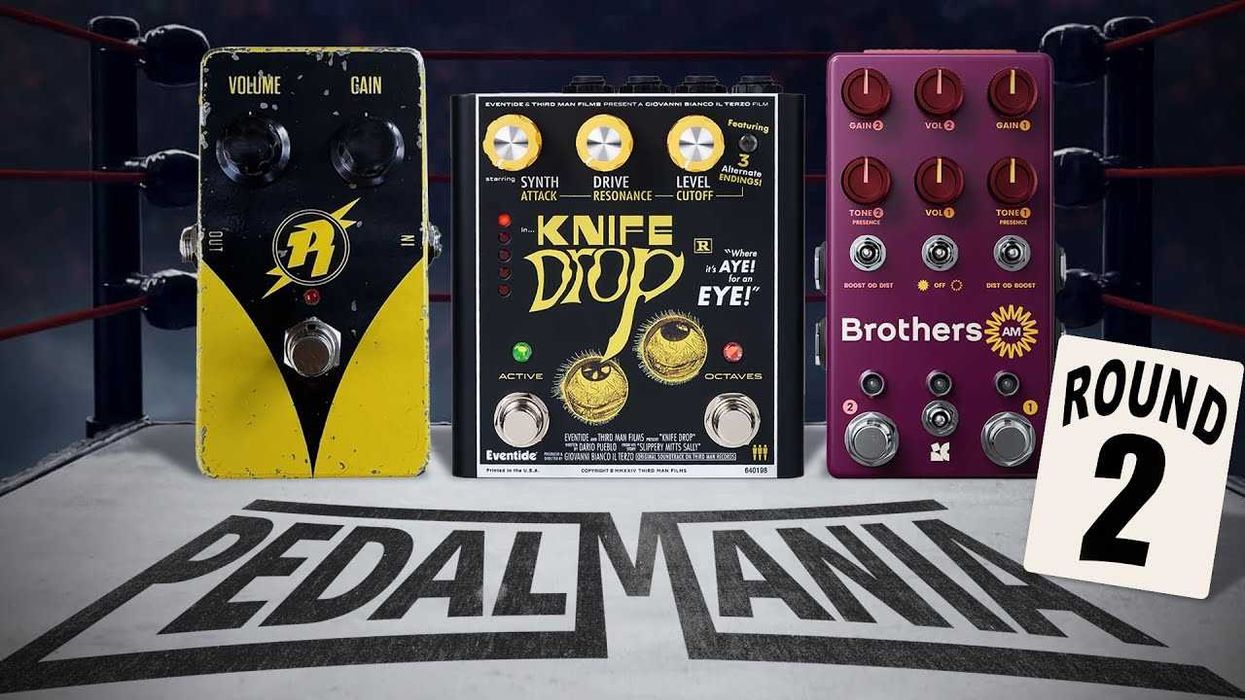
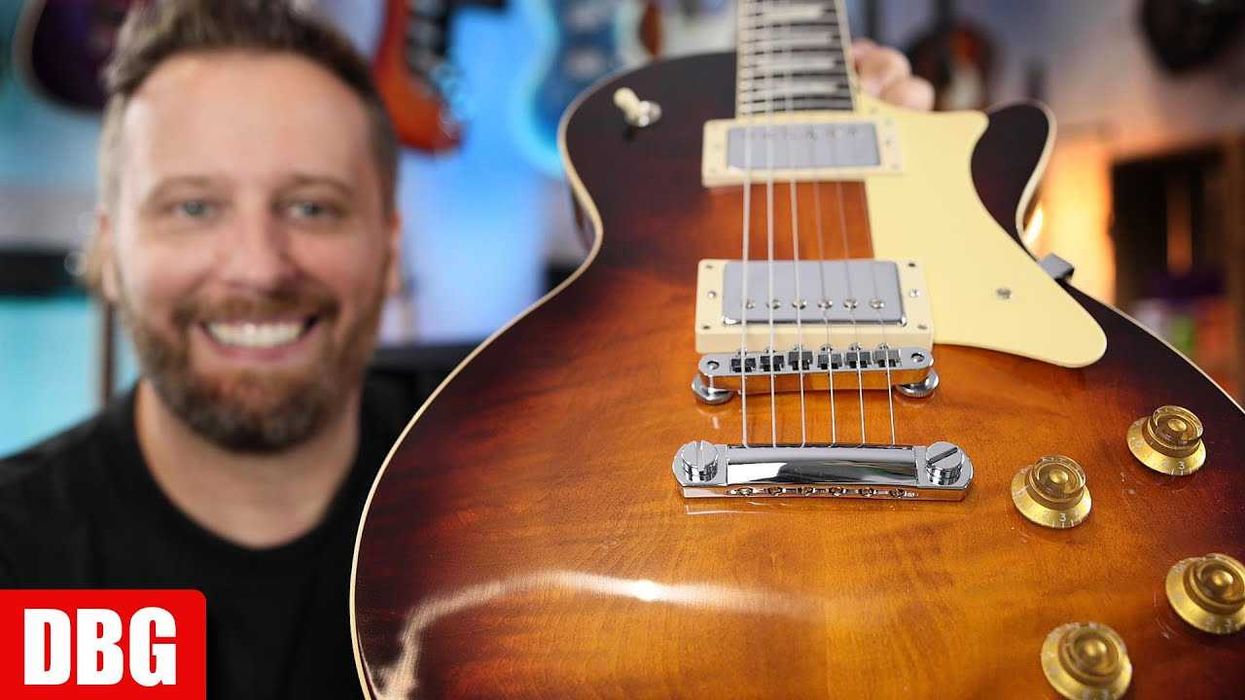
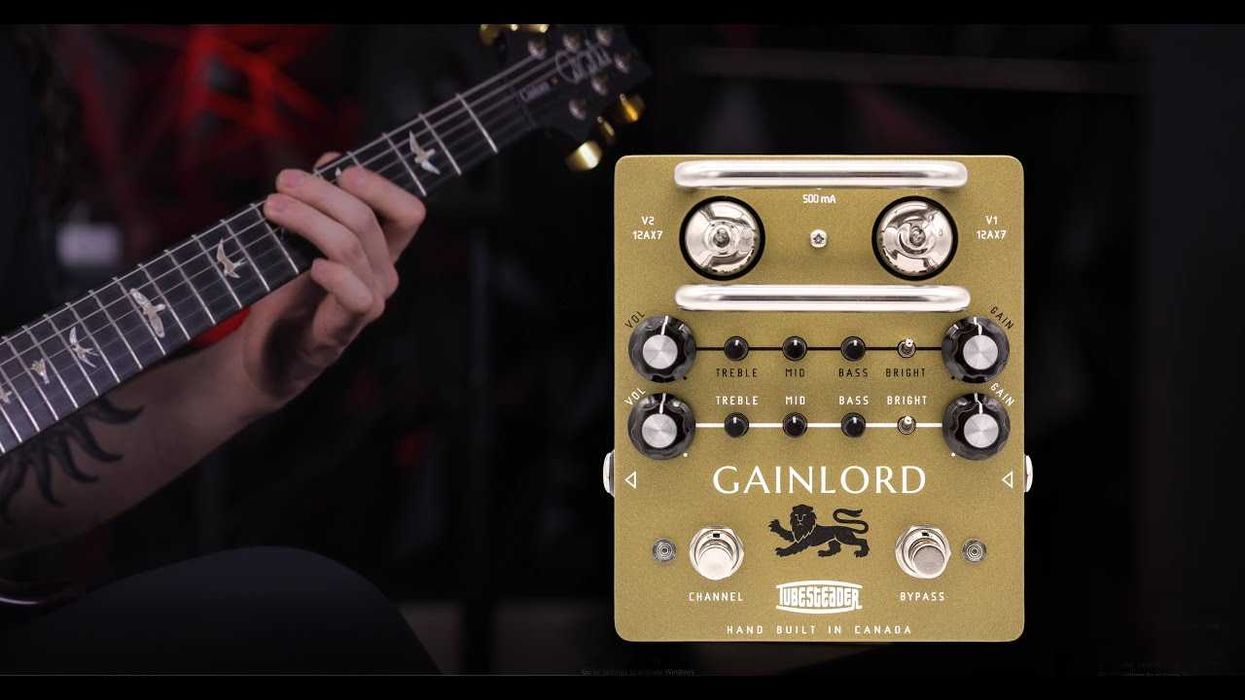
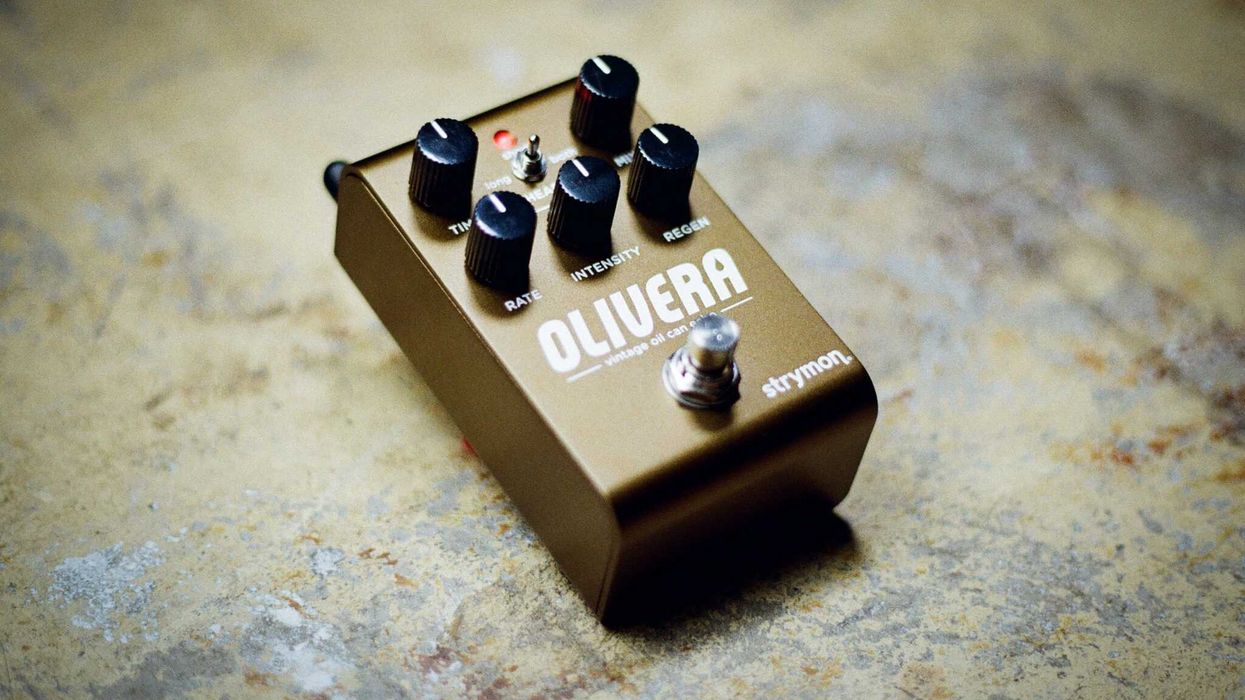
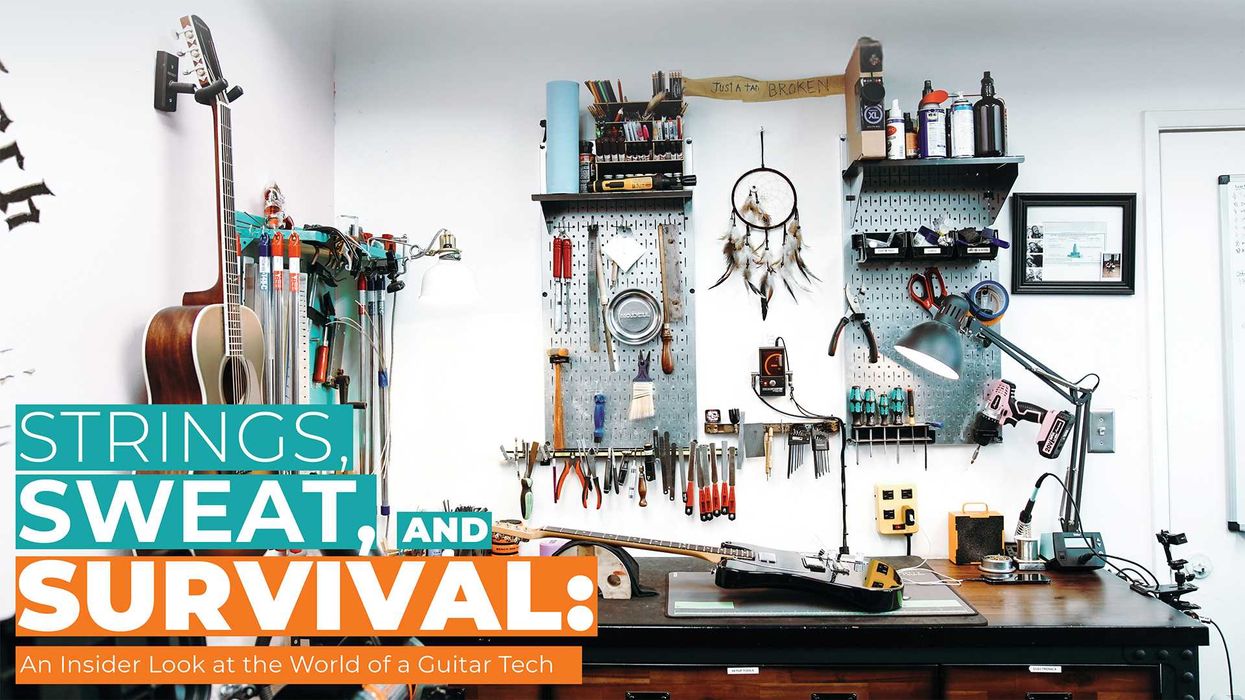
 Luis Munoz makes the catch.
Luis Munoz makes the catch.